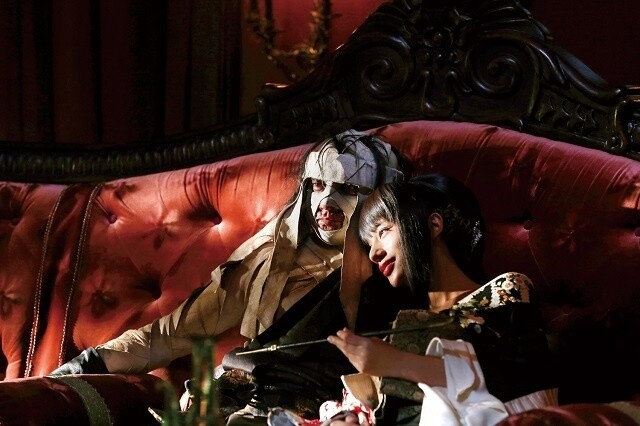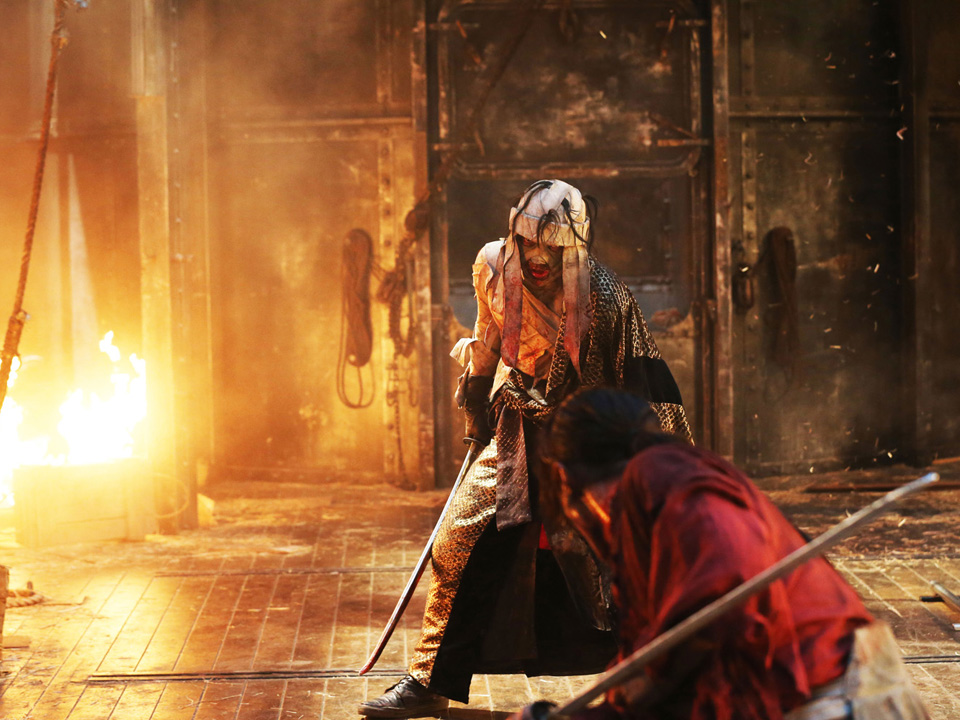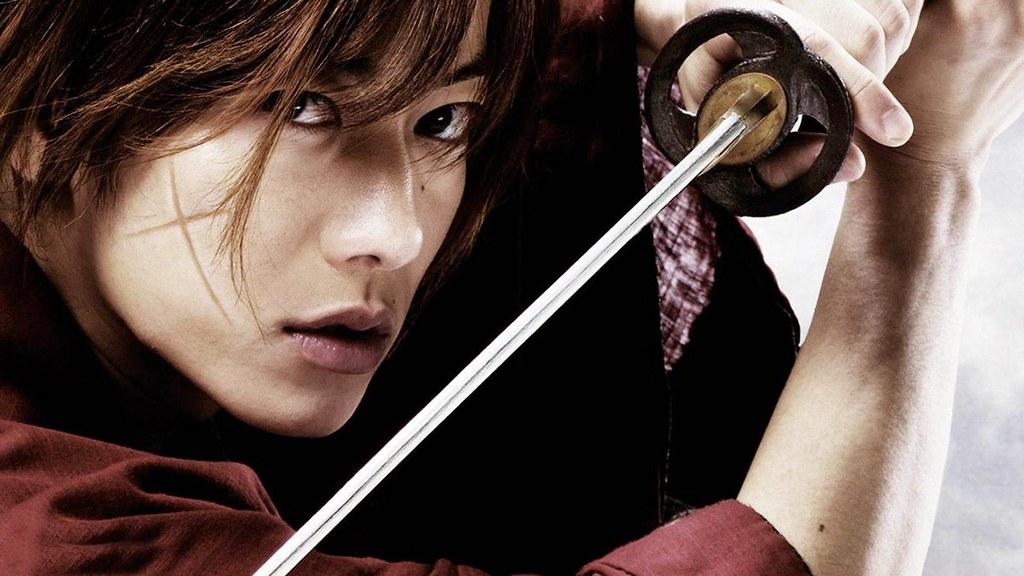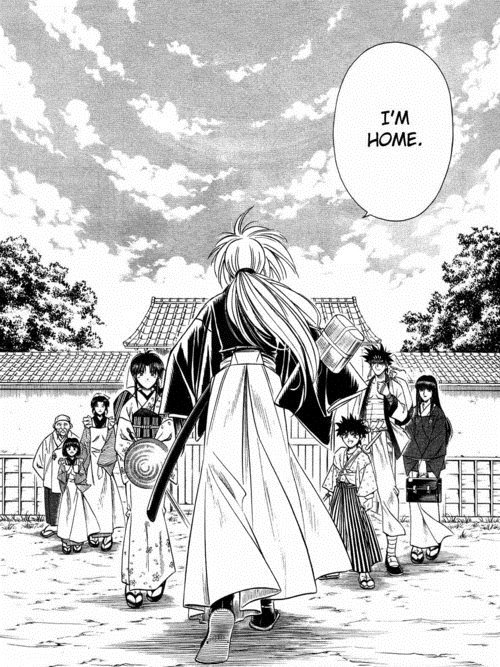
‘90s kids practically grew up on popular anime TV series Rurouni Kenshin or more popularly known as Samurai X. The series, about a former assassin who has vowed never to take another life again, has proven to be a cult classic, and has spawned an animated feature film, several video games, and more recently a franchise of live-action adaptions. In 2012, Rurouni Kenshin: Origins, the first film in the franchise, was released. It was followed up by two sequels: Kyoto Inferno and The Legend Ends — both released back in 2014. Despite the title of the latter film, the saga of Kenshin continues with Rurouni Kenshin: The Final which was released back in April 2021, and another film entitled Rurouni Kenshin: The Beginning, set for a June 2021 release.
If you’re planning to binge-watch every single live-action adaptation of the hit manga, now is the time to do it, as Netflix will be getting all the films currently released by June 18. With such a rich library of movies to get through, there are a few things that you’ll need to know about Rurouni Kenshin before you dive into the franchise. Things like:
1. The Films and Anime TV Show Is An Adaptation From A Manga Series

The film franchise is not just based on the animated TV series but the entire Kenshin mythos is based on a Japanese manga series written and illustrated by Nobuhiro Watsuki. The manga has a total of 28 volumes which comprises three story arcs — the Tokyo, Kyōto, and Jinchū. If you are interested to go deeper into the story of the sword-wielding samurai, reading the manga is the best option. Anime fans, however, have the privilege of reading the manga in its entirety which isn’t usually the case with most mangas whose story arcs are still ongoing. In addition to this, fans can also dive into a novel that provides a lighter read and guidebooks for a more immersive and detailed background on the story.
2. The Franchise Stays Close To The Source Material

The films try their best to stay true to the source material as much as possible as it follows a former assassin, Kenshin, who ultimately decides to leave his dark past and has resolved to never kill again. Throughout the films the titular character battles both internal and external forces that test the decisions and choices that he has made. There are only a few minor details that differ from the source material however if you choose to nitpick every single one of them, the appreciation for the story’s sheer brilliance and raw emotion will be lost on you. The films must be consumed on their own, void of any comparison. If you do that, your overall cinematic experience will become worthwhile enjoyable.
3. Rurouni Kenshin Has Japanese Historical Parallels
The rich and immersive worlds of the Himura Kenshin mythos heavily rely on historical events set in Japan. The opening sequences of the first film occur during the Bakumatsu or known as the final years of the Edo period. The story then follows the onset of the Meiji period alongside the challenges that the new regime and its citizens must face — where Kenshin finds himself smack in the middle of. In addition to this, terms such as Battousai and Rurouni which are often used in the films to refer to Kenshin, have a historically based etymology. The word ‘Rurouni’ derives a lot of its meaning from the word rōnin, which is a wandering, masterless samurai in contrast to “Battousai” which is derived from the word “Battoujutsu” which is the art of drawing and slashing a katana in one swift movement. These historical nuggets of information add a lot of complexity to the story and the character of Kenshin who throughout the story deals with two conflicting personas. You have the humble wanderer on one end, who can turn into a vicious heartless killing machine in a split second —a poetic symbol of the human condition if you think about it.

4. The Film Franchise Is Considered To Be A Visual Masterpiece

The live-action reiterations of Kenshin take us into a whole new experience entirely. The films have been highly praised for their grand set designs, excellent cinematography, and perfectly choreographed fight sequences that would captivate fans of the manga and of movies in general. Director, Keishi Ōtomo is able to transport his viewers into a time and place that feels very authentic and real. If you are new to this genre of film by Asian film-makers, these films are clearly the best place to start. There is never a dull moment in each film with every scene constantly proving to be better than the next.

5. The Next Two Films Conclude The Franchise

Rurouni Kenshin: The Final and Rurouni Kenshin: The Beginning will focus their plots on the last arc of the manga series. Rurouni Kenshin: The Final will follow the story of Himura Kenshin meeting Enishi, who is hell-bent on taking revenge against Kenshin for killing his sister. Rurouni Kenshin: The Beginning on the other hand, will be a prequel to the entire franchise as we finally witness the origin story of Kenshin’s X-shaped scar on his cheek.
We are excited for what the next chapter of this film franchise has in store for us. Despite its seemingly daunting plots and historical background, it is clear that you don’t need to be a die-hard fan of the source material to be drawn to the film. From heart-pounding action sequences, historically based storylines, gripping romances, authentic Japanese-inspired motifs, and many more — these films have it all.
As we wait for the release of all these films from this franchise on Netflix this June 18 we can also immerse ourselves in a bit of Japanese history. Age of Samurai: Battle for Japan may set the mood for us before we binge-watch the entire film franchise upon its release.
Watch Age of Samurai on Netflix
For more films and shows coming this June check out our article, Hype List – Flicks You Need To Watch: June 2021 Edition, now.


























